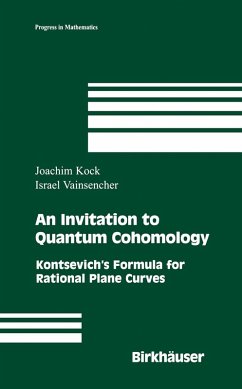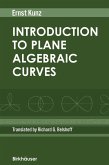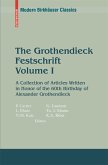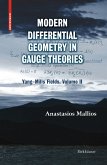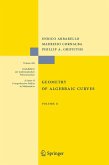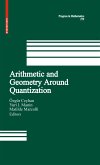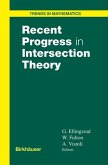Dieser Download kann aus rechtlichen Gründen nur mit Rechnungsadresse in A, B, BG, CY, CZ, D, DK, EW, E, FIN, F, GR, HR, H, IRL, I, LT, L, LR, M, NL, PL, P, R, S, SLO, SK ausgeliefert werden.
"The book is intended to be a friendly introduction to quantum cohomology. It makes the reader acquainted with the notions of stable curves and stable maps, and their moduli spaces. These notions are central in the field. ... Each chapter ends with references for further readings, and also with a set of exercices which help fixing the ideas introduced in that chapter. This makes the book especially useful for graduate courses, and for graduate students who wish to learn about quantum cohomology." -Zentralblatt Math
"...The book is ideal for self-study, as a text for a mini-course in quantum cohomology, or a special topics text in a standard course in intersection theory. The book will prove equally useful to graduate students in the classroom setting as to researchers in geometry and physics who wish to learn about the subject" -Analele Stiintifice ale Universitatii "Al. I. Cuza" din Iasi

